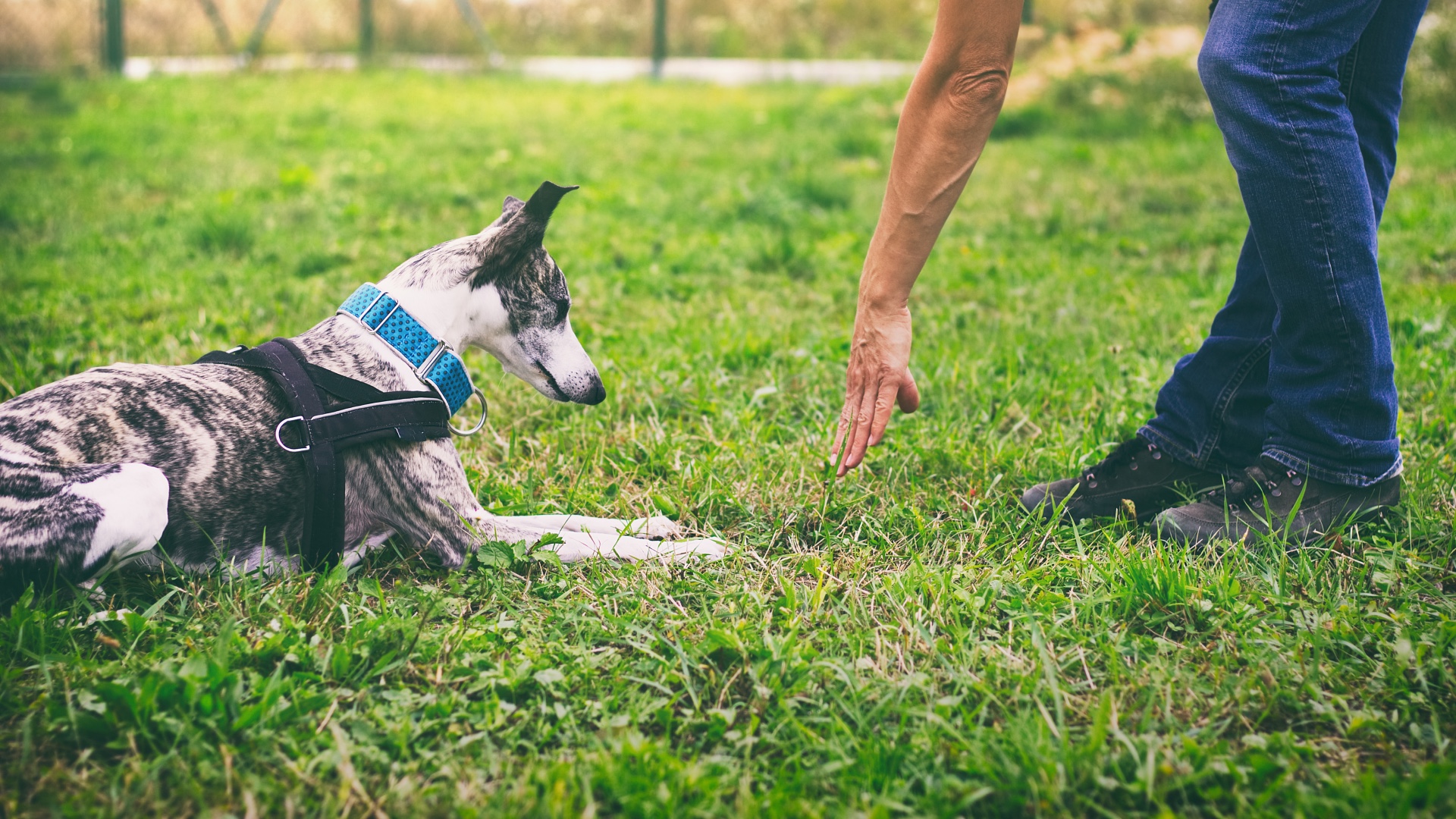
When it comes to training your dog, nothing is worse than doing your absolute best and not getting the results you want.
Whether it's trying to figure out the reasons why your dog's recall isn't reliable or struggling to get them to stop jumping up on people, training can certainly feel like a rollercoaster.
Often we end up thinking our dog is simply badly behaved or too hyper to master new skills or behaviors, but often we as dog owners may be making some common mistakes that are derailing our pup's progress.
Expert trainer Carolyn Martell, founder of Good Dog Training, recently took to Instagram to share six mistakes she sees pet parents making all the time — and avoiding them will help you start to make progress with training your dog.
1. Being inconsistent: Martell says that giving your dog mixed signals when training any skill or behavior will ensure you get mixed results back. "If you sometimes let them pull on the leash and other times you stop walking when they pull — they'll continue to pull. You have not made it clear what you expect from your dog."
If it's leash pulling in particular that you're struggling with, this guide on how to stop a dog pulling on a leash has some good tips to get you started on your training journey.
2. Not accepting your dog: While it can be difficult to accept, your dog is who they are and while training can certainly be helpful, there's only so much it can change. "A fearful dog will never change into a confident social butterfly who thrives as a therapy dog. A bloodhound is probably never going to excel at agility or recall like a border collie," explains Martell.
Understanding that your dog is a unique individual, just like you, will help you to adjust your expectations of what is and isn't achievable.
3. Not practicing in the right places: "Practising 'sit' in your living room doesn't mean your dog can sit on cue at the dog park," explains Martell. "Make sure to practice in many different places and situations so your dog can perform well in a variety of environments, not just easy or familiar ones."
4. Not meeting your dog's needs: Martell says that energetic dogs who aren't getting enough exercise are going to be much harder to train than a less active breed whose exercise needs are being met. The same can be said for anxious dogs — if they aren't getting the support they need, they're going to struggle to learn. "Make sure your dog's physical and emotional needs are being met."
5. Not giving your dog feedback: "To learn more quickly, your dog needs to know what they're doing right and what they're doing wrong," Martell explains. "If they're doing it right, reward. In the beginning, reward generously and often. If they haven't quite got it, help them toward the correct option."
6. Asking for too much too soon: As dog owners, it's easy for us to make the mistake of asking too much from our dogs before they're ready. If we want our dogs to master new skills and behaviors, it's important to slow things down and understand that learning takes time.
"Start in easy environments and gradually make it more challenging over time while practicing regularly. You can't expect your dog to go from beginner to expert overnight, so don't ask them to," says Carolyn.
If you've made any of the above mistakes with your own dog, please go easy on yourself — training can be tough going at times and it takes a great deal of time, patience and consistency to start seeing results.
We highly recommend working with a professional if you feel you and your dog would benefit from some 1:1 support. Our guide to how to spot dog trainer red flags is a great place to start if you want to ensure you're working with someone suitably qualified who uses positive training methods.







